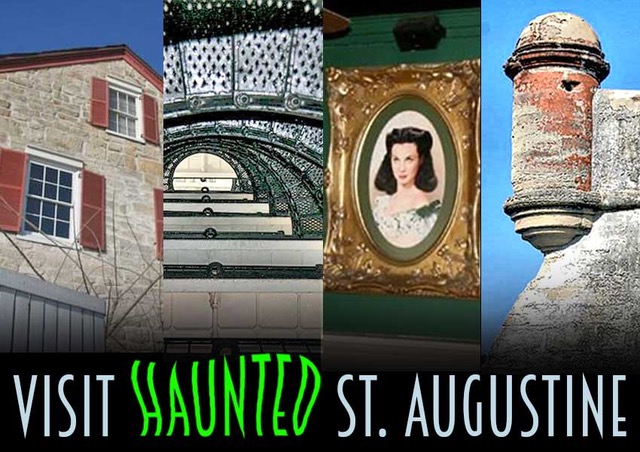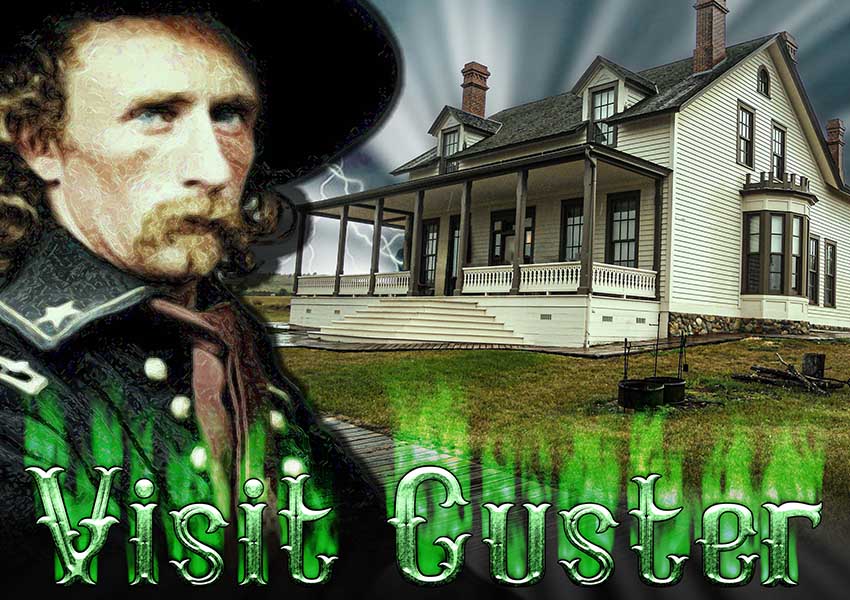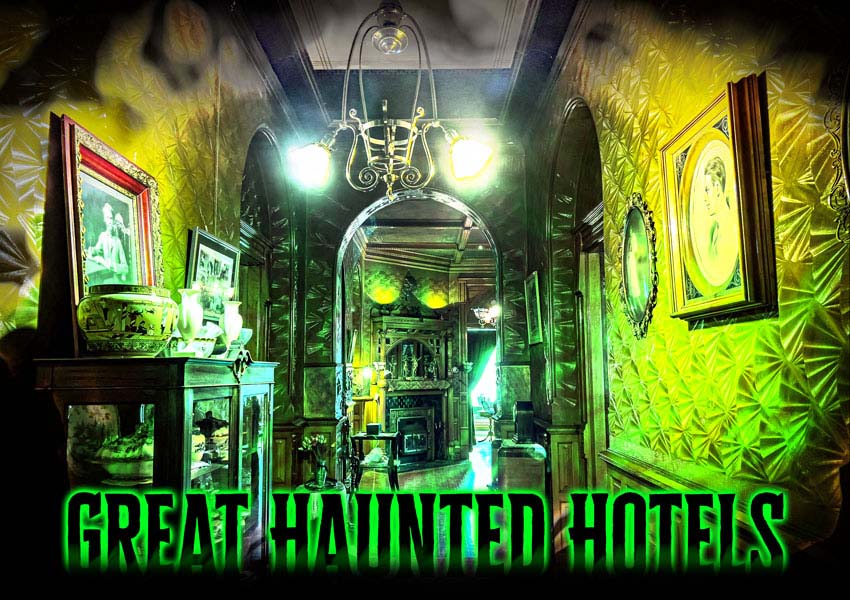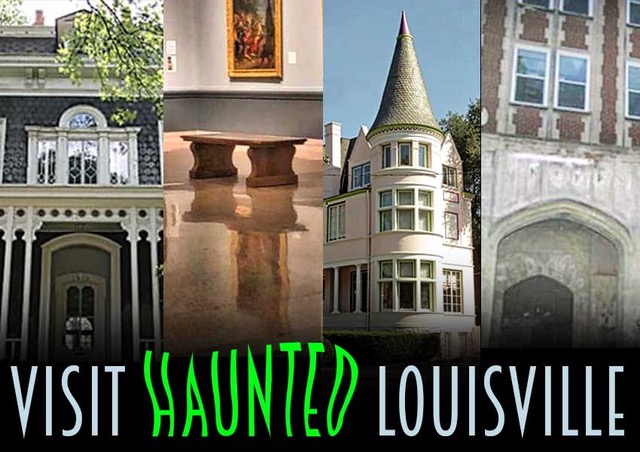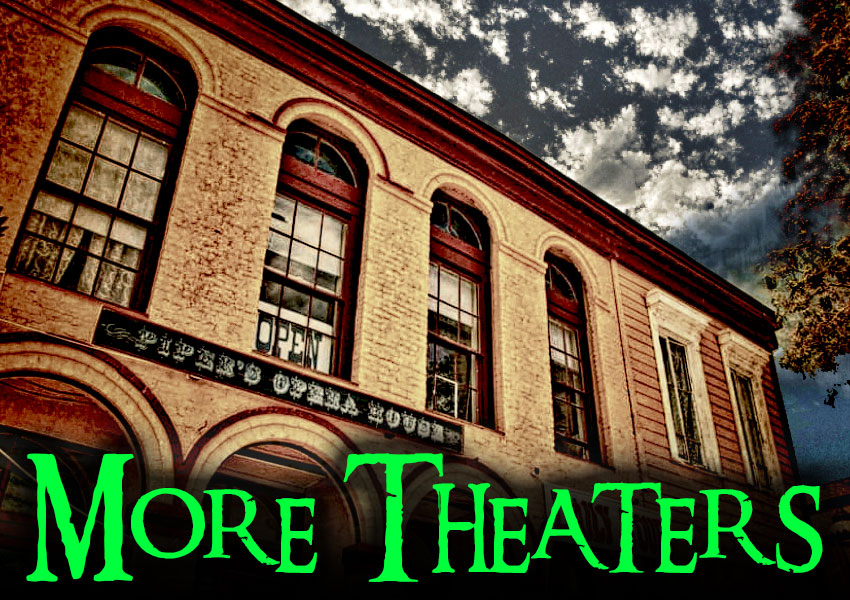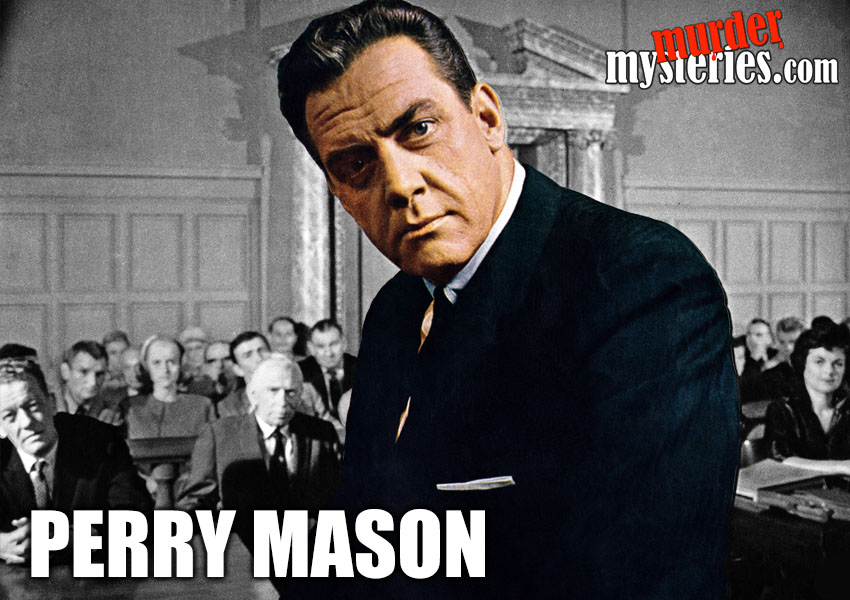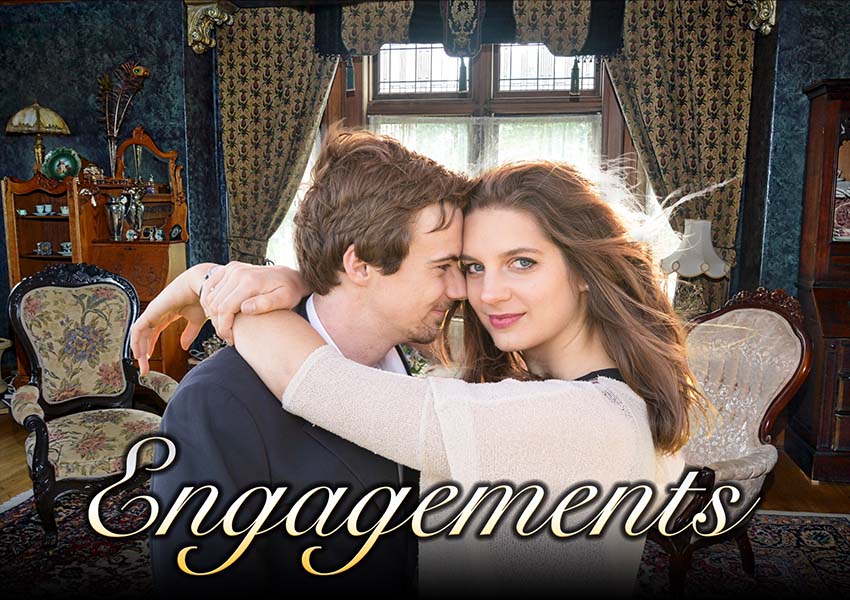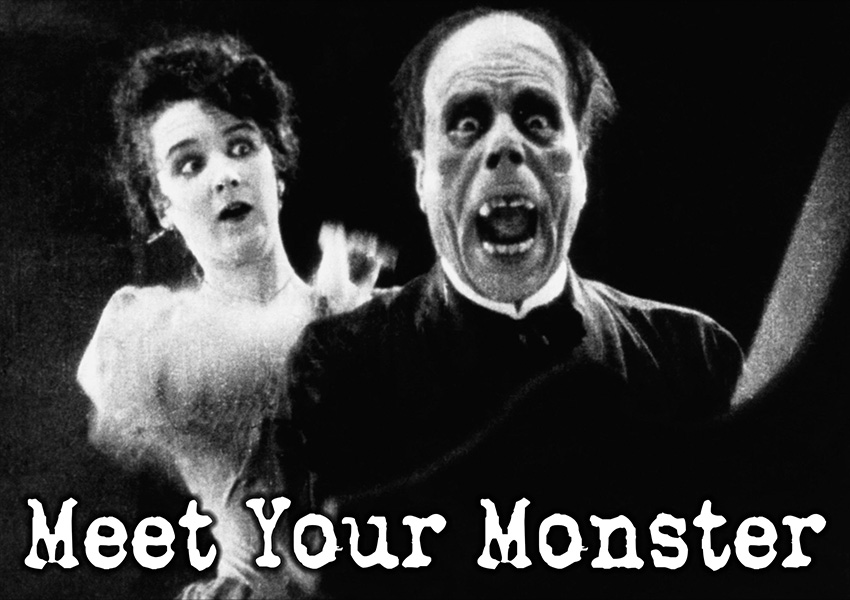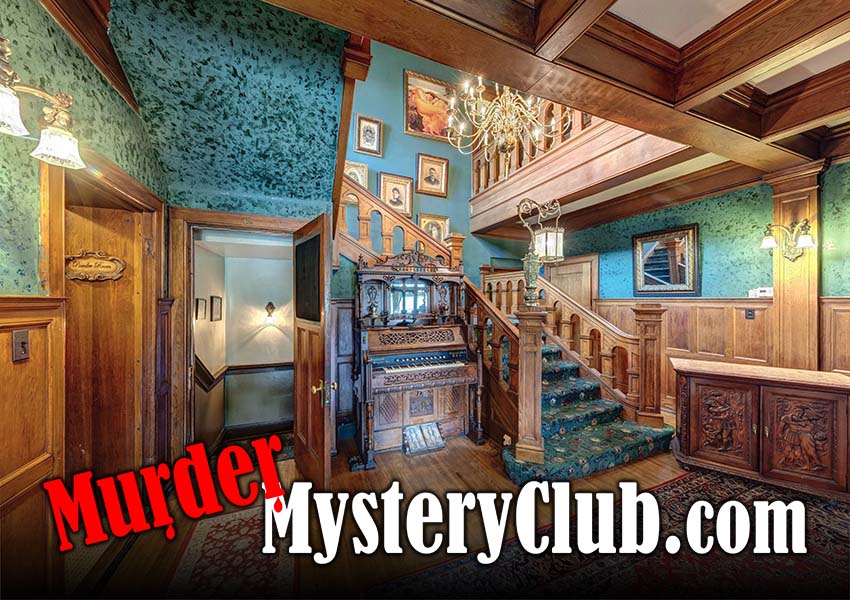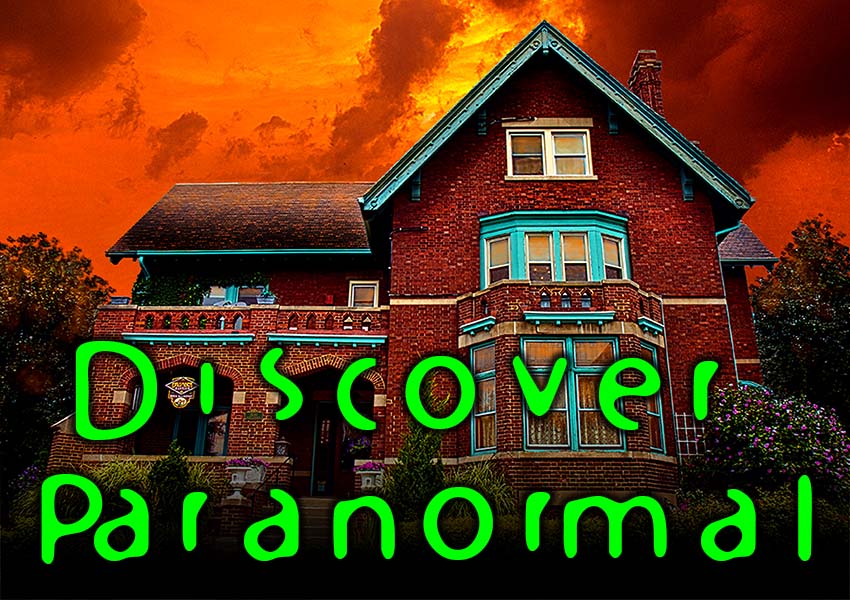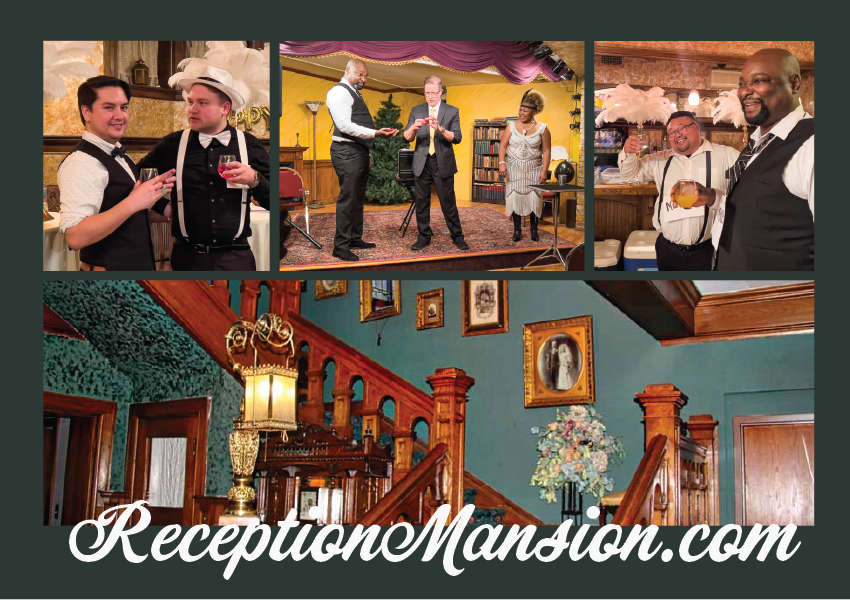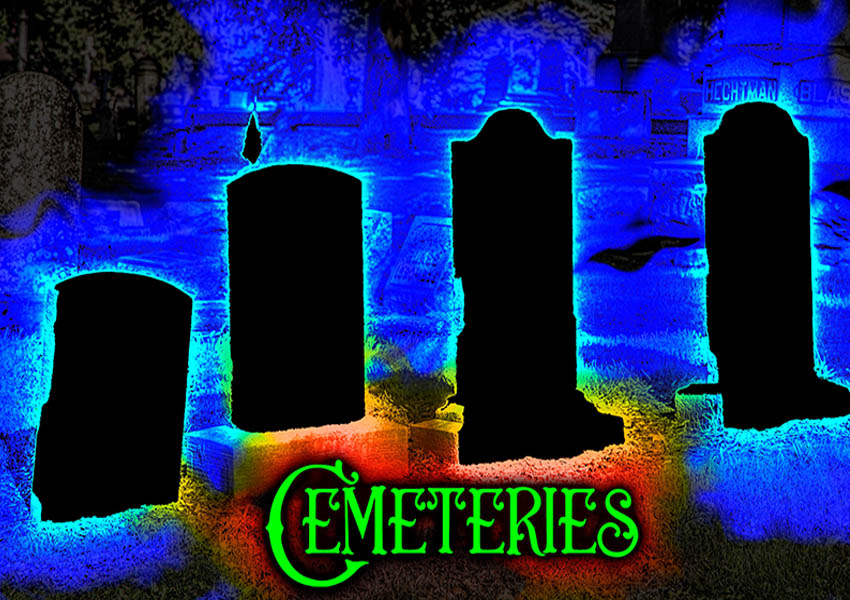Williamsburg Virginia
George Wythe House Museum
Murder by poison, flirting, and other connections to this house have brought on hauntings!
DESCRIPTION
The 3,888 square ft George Wythe House Museum is considered to be the finest Colonial style house in the Williamsburg Colonial Village. It is thought to be “one of the best examples of Tidewater Virginia residential architecture of the Georgian periods”. It is no wonder that whoever owned it tried to maintain the structure.
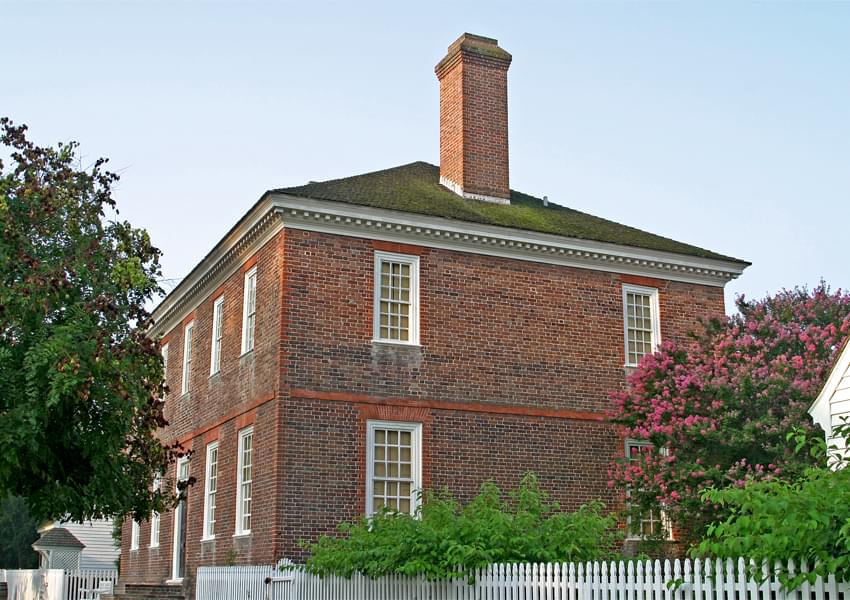
There is no wasted space in this well-designed home. It is a mid-1750’s, sturdy red brick, rectangular structure with 2 full stories; built to last with strong structural bones. This house was a labor of love, with the best construction work available. For example, the brick masonry of this house showcases “Flemish bond brickwork, with rubbed jams, corners, water table and gauged-brick belt course and splayed brick arches.”
The facade of the house is made of red brickwork and white woodwork. It has two windows on either side of the door, with the bricks around them being rubbed. The first floor has five windows in alignment with the windows on the second floor.
The house was constructed using the double-pile plan; meaning two room deep. First Floor – It has the customary Colonial Hall that runs from the front Foyer to the back door. There are four rooms off this hall on the first floor. The front two rooms are the dining room and the parlor. The two back rooms are the study/another bedroom and Library.
The staircase to the second floor is in the back of the house. The second story is the location of 4 bedrooms off the 1/2 hallway, as the staircase takes up some of the room. George Wythe and Elizabeth Wythe each had their own bedrooms that were connected by a door. The other two bedrooms were for guest accommodations and a possible student boarder.
There are pine floors throughout the house. Beautiful interior detailing, artistic woodwork adds so much! Two great chimneys provided a fireplace in all eight rooms of this house.
The symmetrical gardens outside are lovely. The outside buildings on this property that would’ve be there in Colonial times include a smokehouse, external kitchen, laundry, poultry house, lumber house, a well, a dovecote and a stable.
HISTORY
Between 1752 and 1754, architect, designer, and planter, Richard Taliaferro built this house for his family, at the same time he was renovating the Governor’s Palace. In 1755, his daughter, Elizabeth married the love of her life, trailblazer George Wythe. As a wedding present, Taliaferro gave this beautiful house to George and Elizabeth. They had no children together. Their one child died in infancy.
George Wythe accomplished much in his lifetime. He became a distinguished lawyer, and became the first Law Professor at College of William & Mary. Besides teaching concepts of law, George Wythe’s goal was to train his students for leadership. Thomas Jefferson, John Marshall and Henry Clay were taught and mentored by George Wythe.
Because George and Elizabeth had no children, they would take in college students, like 16 year old, orphan Thomas Jefferson. Young Thomas Jefferson had a close relationship with George and Elizabeth. They became like surrogate parents for Thomas Jefferson, giving him the emotional and moral support he needed and helping to mold him into the leader he became.
George Wythe became a courageous legislator, serving in the House of Burgesses from the mid-1750s until 1775, first as delegate and after 1769 as a law clerk. During his service as a legislator, George Wythe was a signer of the Declaration of Independence.
During the late 1770s’ Sir Paten Skipwith and his wife Ann who were good friends of George and Elizabeth, would come and enjoy extended visits here. This occurred until Ann Skipwith died. The official story is that she bled to death after a miscarriage in one of the Wythe House guest rooms.
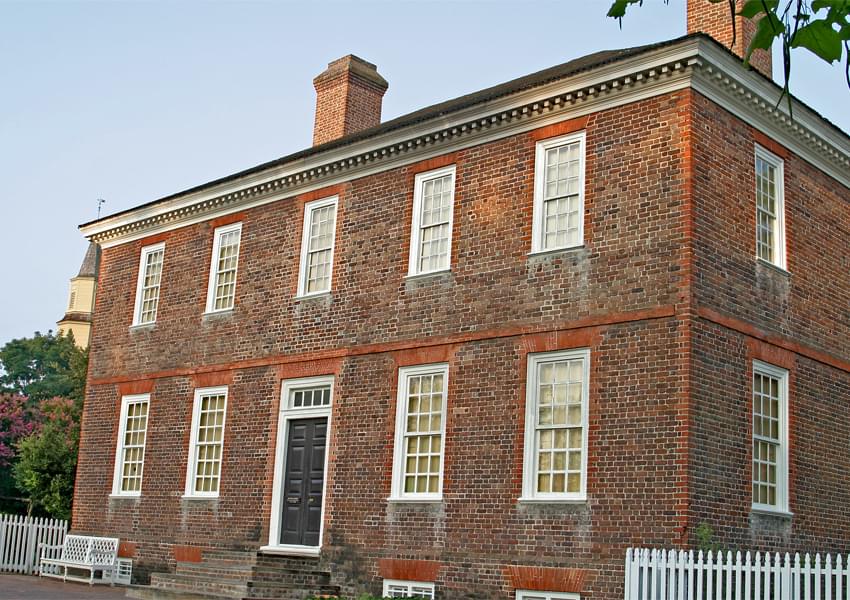
A few months before the arrival of George Washington and his men in 1781 and the Battle of Yorktown, George and Elizabeth Wythe high-tailed it to safer ground. Their house became headquarters for George Washington and officers who were busy planning for the Battle of Yorktown. French troops also came into Williamsburg. There is a room in the George Wythe Museum House that is setup depicting what it looked like with the officers living and planning there.
After all the soldiers left, George and Elizabeth came home. In 1787, Elizabeth died in the home at the age of 47. In 1791, after turning his Williamsburg House over to his late wife’s family, the Taliaferro clan, and quitting his College teaching job, George moved permanently to Richmond to become a judge on Virginia’s Court of Chancery for only a year, handling those particular cases that could not be resolved in common law courts.
George Wythe freed his two remaining slaves, cook Lydia Broadnax, 66, and a 16-year-old mulatto boy named Michael Brown. They lived with him in his home in Richmond. George Wythe started a private law school in 1793, as he missed teaching.
In 1806, at the age of 80, George Wythe was living in Richmond where he was murdered by a greedy relative via a poisoning. Uh Oh!
During the 19th Century, The George Wythe House in Williamsburg was owned by many families. It was altered and enlarged to meet the needs of the inhabitants. In the 20th Century, it was restored twice and bathrooms, heating and electricity were added. In 1926, the future of George Wythe House was secured when The Reverend Dr. Goodwin bought the George Wythe House to be the Bruton Church’s Parish House. The Reverend Dr. Goodwin was the mover and shaker that worked hard to make Williamsburg Colonial Village a reality.
In fact, the first restoration was supervised under Goodwin’s watchful eye. Offices for Colonial Williamsburg, a restoration organization, made its home on the second floor, becoming the headquarters for restoring the Colonial city of Williamsburg. Rev Goodwin took great care of this beautiful home until the historical restoration organization, Colonial Williamsburg could take over this gem of a Colonial house and its property in 1938.
During the early 1940s, Colonial Williamsburg did a full restoration of The George Wythe House, and have been faithful maintaining this jewel of Colonial Georgian architecture! During the years before it became a house museum, some rooms were rented out to overnight visitors to defer costs.
Since the time when the George Wythe House became a house museum, the interior rooms have long been setup in the style of George and Elizabeth Wythe; with furniture and art that they may have had in their home while alive and living there. In 2015, the 300th year anniversary of the building of this historical house, the rooms were arranged as they were used when George Washington and his officers stayed here before the Battle of Yorktown. The visitor would feel that Washington and his men had just stepped out for a moment, perhaps for dinner in a local pub. Today, one room is still set up this way.
HISTORY OF MANIFESTATIONS
People who die because of a deliberate or accidental poisoning sometimes are angry, restless, and/or don’t want to give up their favorite place just yet.
In 1806, George Wythe’s never-do-well great nephew George Wythe Sweeney had also moved in with him in Richmond. George Wythe Sweeney had large gambling debts and would forge his uncle’s name on checks. This great nephew was next in line to inherit most of George Wythe’s estate.
Apparently, George Wythe Sweeney couldn’t wait, so he poisoned George, and the 16 year old ex-slave Michael Brown. The cook Lydia Broadnax knew at once how it was done. She had earlier seen Sweeney add something to the tainted oatmeal. Michael Brown died and George Wythe bravely hung in there for two weeks in great pain, knowing who did this dastardly deed. George Wythe managed to change his will before he died.
George Wythe Sweeney was arrested for murder, but was let go despite the testimony of the cook, Lydia Broadnax. Despite the fact that her convincing testimony couldn’t be entered into a court of law because she was black, the court of public opinion believed her. The result was that George Wythe Sweeney was shunned by all and left Richmond as a ruined man; penniless.
People who die as a result of great emotional upset by feelings of betrayal often find that death doesn’t help their feelings. If a pregnancy was lost as well, this would add to the emotional upset that causes spectral restlessness. If the person who is suffering, kills himself or herself, this adds to their restlessness.
The demise of Lady Ann Skipwith – The official story is that Lady Skipwith had a miscarriage in the guest room and died in her husband’s arms. Others disagree.
The story goes that Sir Peyton and Lady Skipwith, while staying at George Wythe House, went to a ball at the Governor’s Mansion where Sir Peyton left his wife to flirt with the ladies; especially Lady Skipwith’s sister. Perhaps Lady Skipwith was in the early stages of pregnancy and was overly-sensitive. Yet after she died, Sir Peyton did marry her sister. Hmmmm.
It is said that Lady Skipwith was so upset that she ran out of the ball, losing her red shoe on the steps. Sir Peyton did try to stop her, but she ignored him. Instead of following her home, it is said that he went back to the ball. This emotional upset is said to be the cause of her deadly miscarriage.
Others speculate that Lady Skipwith killed herself. She does seem to be reliving the night of her death, which can happen if a spirit killed itself. However, she could just be upset over the circumstances that caused her death and miscarriage; especially if she over-reacted.
People who enjoyed a special structure while alive, sometimes like to visit and remember all the good times they had here, perhaps gathering to be together once again.
Other spirits apparently are keeping the living, and the spirits of George and Ann company.
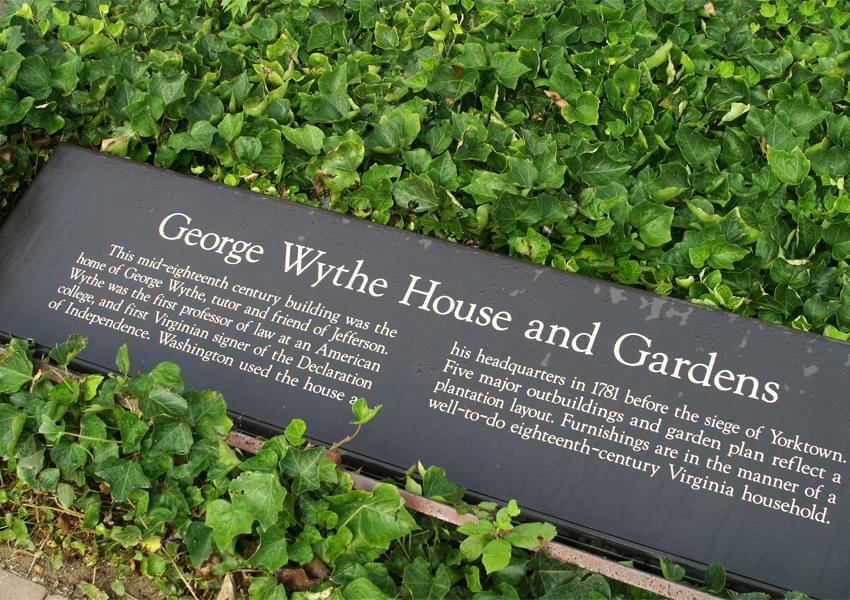
MANIFESTATIONS
The spirit of Lady Ann Skipwith has been provoked by some people who kneel in front of the closet where her spirit dwells, and say, “Lady Skipwith, Lady Skipwith, I found your red shoe.” Williamsburg Ghost Adventure Tour Guide 2013 reported that the spirit of Lady Skipwith rushes over with a loud noise to get her red shoe.
Small individual groups of ghost hunters have quietly investigated this place on a low level scale, with good results.
General Activity
When the house was empty, hostesses heard furniture being moved around.
Disembodied footsteps have been heard as well
Doors throughout the house open and close at will.
Colonial Woman Apparition; Probably Lady Ann Skipwith
Around midnight, many have heard a peculiar clicking rhythm going up the main staircase. Many think it is Ann Skipwith, running up the staircase in anger, after having a spirited fight with her better half at the Governor’s Palace nearby.
On her way back to the house, she lost one of her dress slippers, and the strange clicking rhythm sound still heard is the sound she made with one shoe on and one shoe off.
Her apparition has been spotted coming out of her bedroom closet, dressed in a satin gown and red shoes.
The closet in her guest room where she stayed, likes to swing open. In her old room, sometimes the living can notice a lavender scent; a sign of her presence.
She also has been seen sitting at her dressing table, combing her hair.
One evening, a custodian saw a detailed, life-like apparition of a colonial woman in an evening dress standing on the staircase. Thinking she was a guide, he went over to speak to her. Imagine his surprise when she melted into thin air.
Entity of Sir Peyton
When he comes to visit, his unseen presence in the parlor may visit with Lady Ann.
Apparently, they are still discussing their issues. Perhaps, he is trying to get her to come with him into the light.
Unseen Entities of Sir Peyton and Lady Ann Skipwith
After the house had been closed for the day, a custodian heard a man and woman discussing something in the parlor.
As he walked down the staircase toward the parlor, to see who was in there, the voices got louder and louder.
When he opened the parlor doors, the voices were stilled and no one was there. Perhaps they didn’t want the living to know what they were discussing.
Entity of George Wythe
Some spirits on the day they were killed grieve or show their anger at their death. (See: Deerfield Old Burial Grounds) Every June 8th, the spirit of George Wythe is in an angry mood on the day of his death.
When the George Wythe House was a bed and breakfast, guests sleeping in his room report feeling a firm and cold hand press down on their foreheads.
Some spirits on the day they were killed may grieve or show their anger at their death.
On other days, he may be reliving his good times, and may even have a little fun with the living. Some unseen presence tapped gently on a hostess’s shoulder. Turning around, she found no one in sight.
The Wythe House Hostess Guides’ Experiences
Other spirits who had connections to this house while alive, like to visit and perhaps stay here, doing what they enjoyed doing.
Could be past spectral employees as well.
Other employees of this house museum have seen and heard other apparitions going about their business.
Witnessing a Ghostly Gentlemen’s Club:
Other various employees have seen a cordial group of “spectral gentlemen,” sitting together in wingback chairs by the unlit fireplace in the study. Perhaps the spirit of George Wythe hosts this gathering of old friends, who may be drawn back here because he is here. Or, it could be spirits connected to another era, such as the church years here.
Spirits of Colonial-Era Soldiers
Some Colonial-Era soldiers, probably from the Revolutionary occupation before the Battle of Yorktown, have occasionally appeared to the living.
They perhaps stayed there before the battle, but could’ve died.
They have come back to this beautiful home.
Spirits Still On Duty
These Spirits are still on duty, and may be protective of the second floor.
The air on the second floor landing, at the top of the stairs, is an area that often has unexplained cold spots, even on a hot day.
While walking through a frightfully cold spot, a hostess suddenly felt a presence try to push her back, for a few moments.
Others have been grabbed, like they were trespassing.
STILL HAUNTED?
Yes Indeed, for a variety of reasons. Who can blame them? George Wythe House Museum is a beautiful home that many have enjoyed!
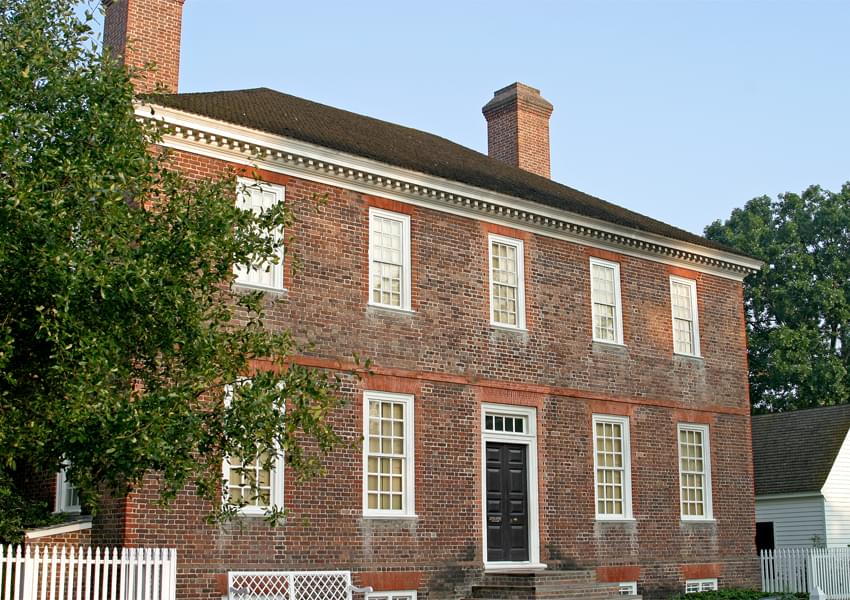
LOCATION
112 Palace Green St,
Williamsburg, VA 23185
The George Wythe Museum House is located on the west side of Palace Green St., near the intersection of Palace Green and Prince George Street. This museum is one of the 88 homes located in the Williamsburg Colonial Village which is a National Park, and is on the list of National Register of Historic Districts. The Williamsburg Colonial Village is a museum made up of 160 renovated buildings located on 175 acres.
This fully restored 18th century Colonial Williamsburg Village is experienced like a living museum, where visitors can see how the colonists lived, and experience a taste of colonial life. People dressed in authentic costumes offer various demonstrations of crafts, etc. Each house museum has its own entrance fee, which helps to pay for programs, maintenance and further restoration/maintenance of the outside buildings.
SOURCES INCLUDE
- http://hauntedva.blogspot.com/2010/11/wythe-house-williamsburg-va.html
- https://www.loc.gov/resource/hhh.va1028.sheet/?sp=10
- https://colonialghosts.com/the-george-wythe-house/
- http://www.history.org/almanack/places/hb/hbwythe.cfm
- https://www.dailypress.com/features/history/dp-nws-wythe-house-refurnished-20160206-story.html
- https://www.yelp.com/biz/george-wythe-house-williamsburg
- http://research.history.org/DigitalLibrary/view/index.cfm?doc=ResearchReports%5CRR1640.xml&highlight=
Our Haunted Paranormal Stories are Written by Julie Carr
Your Road Trip to Milwaukee’s Hot Spots

